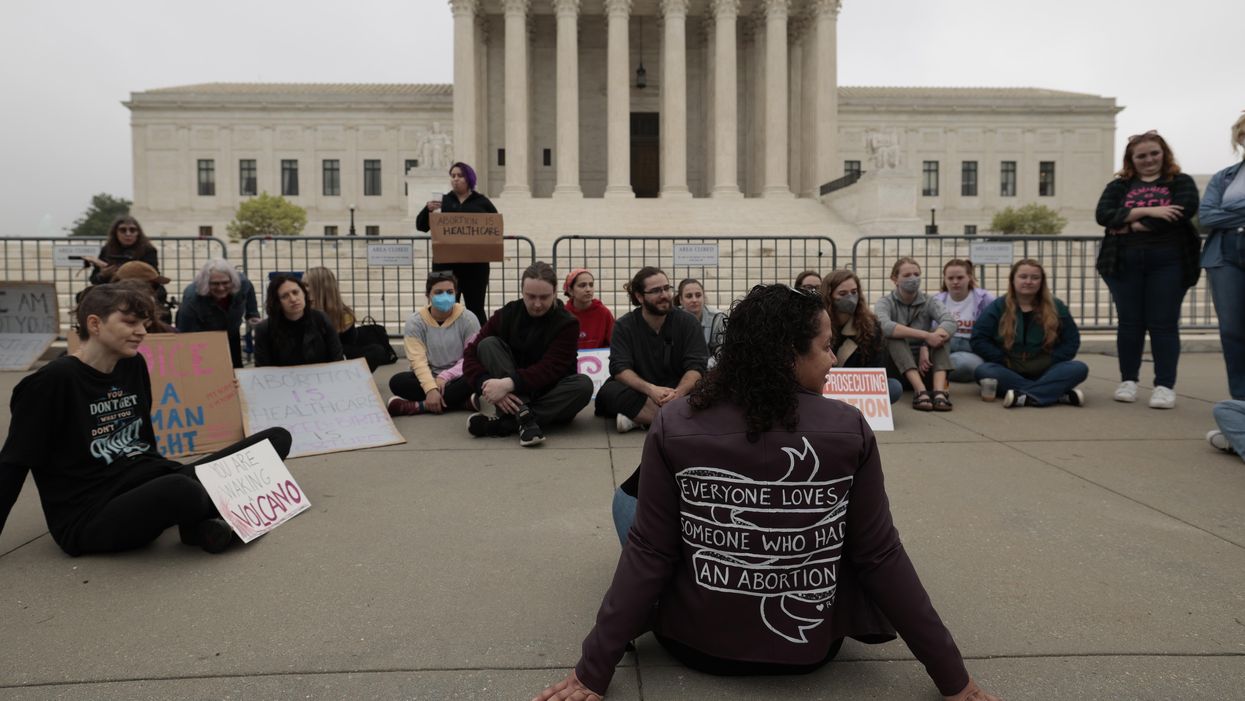On Monday night, Politico published a draft majority opinion from the Supreme Court that, if finalized, would overturn the landmark Roe v. Wade decision legalizing abortion. The leak of a draft opinion is unprecedented in the court's modern era and has sparked debate over who leaked the draft, why it was leaked, and what it means for the court and the nation.
For many court observers, the leak may do long-lasting harm to the Supreme Court.
The fact that some are praising this leak shows how utterly craven we have become in our politics. There appears no ethical rule or institutional interest that can withstand this age of rage.— Jonathan Turley (@Jonathan Turley) 1651542207
It\u2019s impossible to overstate the earthquake this will cause inside the Court, in terms of the destruction of trust among the Justices and staff. This leak is the gravest, most unforgivable sin.— SCOTUSblog (@SCOTUSblog) 1651540065
Others have attempted to put the leak into some historical context.
It's remarkable, the leak of what appears to be an initial draft majority opinion. SCOTUS generally has kept its secrets and has kept confidential its internal processes and deliberations. But the Court does occasionally leak, and it has leaked before about Roe v. Wade. 1/x— Jonathan Peters (@Jonathan Peters) 1651543497
This is the equivalent of the pentagon papers leak, but at the Supreme Court. I\u2019m pretty sure there has never ever been such a leak. And certainly not in the years I\u2019ve been following the Supreme Court. END— Neal Katyal (@Neal Katyal) 1651539603
Conservatives want an investigation into the leak, which many think was orchestrated to put pressure on the court's majority to change its stance before issuing the final opinon.
.\u2066@LeaderMcConnell\u2069 calls for Roberts to investigate Roe leak, which he calls \u201can attack on the independence of the Supreme Court.\u201dpic.twitter.com/JstcnsSSJo— John Bresnahan (@John Bresnahan) 1651587411
The leak of the Supreme Court draft opinion on Roe is a dangerous obstruction of justice. And it could very well lead to intimidation and violence directed at Supreme Court justices. Which, I suspect, is the point of the criminal leak.— Tom Fitton (@Tom Fitton) 1651542025
But some experts see a different motivation behind the leak, or at least a different result.
One thing to keep in mind here: some may say this SCOTUS leak benefits those who oppose overturning Roe. But it actually helps the majority that overturns by (1) deflecting commentary to breach of Court secrecy norms and (2) lessening the blow by setting expectations.— Rick Hasen (@Rick Hasen) 1651540926
And others want everyone to take a deep breath and think about the bigger picture.
The Supreme Court is not a magisterial institution such that a leak should cause performative mourning. It is an organ of government.— Anthony Michael Kreis (@Anthony Michael Kreis) 1651574721
The process story about the Supreme Court leak raises many possibilities. Who had the most to gain? Was this about locking in the vote? But let this not distract from the import of gutting Roe. Saying we're in uncharted waters is trite, but warranted. Waters with rocky shoals.— Dan Rather (@Dan Rather) 1651549269



















